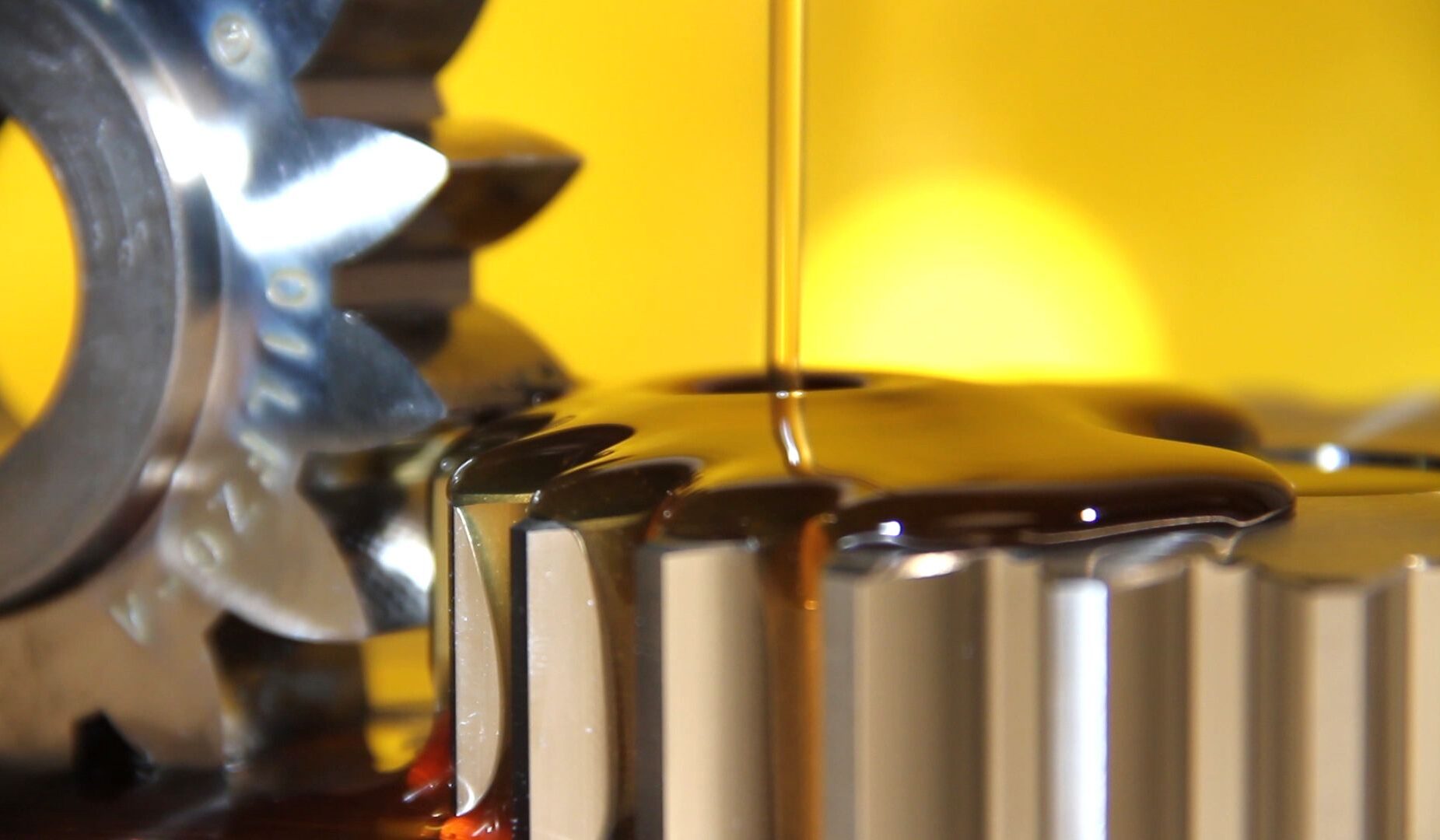Substantial growth in the anti-seize compounds market is mainly backed by the growth of the automotive & transportation industry, which holds a prominent share in the consumption of anti-seize compounds, closely followed by the petrochemical sector. Increasing urbanization and rapid industrialization are creating massive opportunities for the construction industry, and significantly contributing to the rising demand for anti-seize compounds.
According to the latest report by FMI, the global anti-seize compounds market is expected to reach a valuation of US$ 236 Mn by 2029.
Request Sample Copy of this Report @ https://www.futuremarketinsights.com/reports/sample/rep-gb-7203
“In most end-use industries, galling or seizing can increase maintenance time, resulting in longer shutdowns or closure. Increasing use of anti-seize compounds has enabled end users to reduce maintenance cost as well as time, and has simultaneously offered an efficient solution for improving gasket performance.”
Key Takeaways of Anti-seize Compounds Market Study
- Anti-seize compounds serve almost all major end users, including automotive & transportation, petrochemicals, mining, and others. The industrial sector in Asia Pacific is growing substantially, thereby increasing the demand for anti-seize compounds in the region.
- Copper grade anti-seize compounds find use in almost all end-use industries; hence, the segment is the most prominent amongst other grades. The nickel grade anti-seize compounds segment is anticipated to grow at a substantial rate, as these are increasingly being preferred in industries such as petrochemicals, oil exploration, and other industries where chemicals are involved, on account of nickel’s inert nature.
- East Asia is a prominent market for anti-seize compounds, and is expected to continue its dominance, owing to its strong industrial growth and high adoption of the product in the region.
- Increasing awareness about the need for protection of the environment and prevention of soil contamination has restricted the use of metallic anti-seize compounds on a global scale. Moreover, users are preferring nonmetallic anti-seize compounds over metallic ones, owing to their high cost.
Market Landscape is Fairly Fragmented
The global anti-seize lubricants market is fairly fragmented, owing to a number of players holding small shares in the market. Top ten established players account for more than one-third of the total supply. Manufacturers are focusing on strengthening their partnerships with end users and original equipment manufacturers (OEMs). Established players provide services to end users, which is an added advantage and will help them build relations for long-term supply. Key players such as Anti-Seize Technology, Henkel AG & Company, KGaA, Permatex, Inc., DuPont, Bostik, SAF-T-LOK International Corporation, FUCHS, Calumet Specialty Products Partners, 3M Company, CSW Industrials, Inc., and others are also focusing on marking their direct presence in local markets.
For More Details, Ask Analyst @ https://www.futuremarketinsights.com/ask-question/rep-gb-7203
Want to Know More?
Future Market Insights has published a market research report on the anti-seize compounds market that contains global industry analysis of 2014–2018 and opportunity assessment for 2019–2029. The report provides insightful analysis of the anti-seize compounds market through five different segments- grade type, sales channel, container type, end user, and region. The anti-seize compounds market report also provides demand trends of different types across industry verticals, a comprehensive list of service providers in the market, various projects around the world, along with a detailed overview of the parent market.
